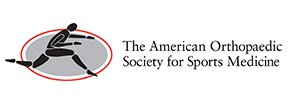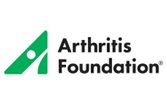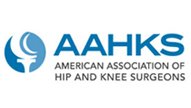Shoulder Injections
Ultrasound is a common imaging technique that employs high frequency sound waves to create images of organs and other internal structures of the body. These images provide valuable information of underlying pathology of the tissues and assists with diagnosis and planning the treatment of a condition. Ultrasound provides a clear view of the organs, tendons, muscles or joints and any associated disorders.
Ultrasound guided injection is a minimally invasive procedure used for treating various musculoskeletal painful conditions such as tendonitis, bursitis and neuritis or to perform cyst aspiration.
It is also an excellent tool for guiding the placement of needles for both diagnostic as well as therapeutic purposes.
Injection of a pain medication in combination with a local anesthetic directly to the site of injury helps to relieve pain. The advanced imaging of ultrasound provides high resolution images that enable the physician to precisely locate the injections deep into the target tissue without harming surrounding tissues.
Advantages
The advantages of ultrasound imaging compared to other imaging techniques include the following:
- No patient exposure to ionizing radiation.
- Able to assess tendons, ligaments and muscles under high resolution.
- Provides direct visualization of the area being treated.
- Ensures accurate placement of the needle to targeted areas.
Indications
The indications for diagnostic ultrasound imaging technique include the following:
- Diagnose conditions such as tendon/ligament tears, inflamed bursa, joint fluid and cysts.
- Assess painful pops and snaps that occur during movement.
- Deliver diagnostic injections to specific targets including joints and tendon sheaths or bursa.
- Help guide needle placement during needle aspirations or injections for patients with challenging anatomical variations or people taking blood-thinning medications.
- Aspiration of a ganglion cyst.
- Guide needles in percutaneous therapy for the treatment of calcific tendonitis.
Procedure
The procedure is used for diagnostic as well as therapeutic purposes. Anti-inflammatory medications such as corticosteroids and hyaluronans are the most commonly used medications to relieve pain, inflammation and swelling or to stimulate synovial fluid production to improve lubrication.











